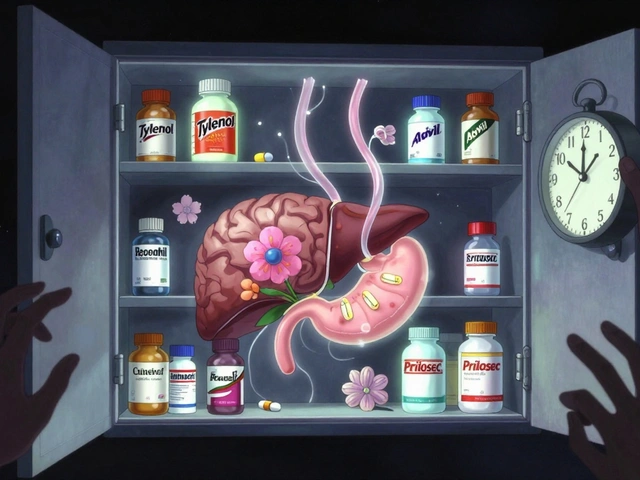Familial SAH: What It Means and How to Stay Safe
Ever heard of a brain bleed that runs in families? That’s what doctors call familial subarachnoid hemorrhage (SAH). It’s a type of bleeding in the space around the brain that often starts because of a weak spot in a blood vessel, called an aneurysm. When that weakness is passed down through genes, several relatives can end up with the same problem.
Most people think a brain bleed is a random accident, but studies show 10‑15% of SAH cases have a clear family link. If a close relative—parent, sibling, or child—has had an SAH, your own risk jumps from the usual 1 in 10,000 to about 1 in 1,000. That’s still rare, but it’s big enough to pay attention to.
Genetic Factors and Who’s at Risk
Researchers have found a few genes that raise the chance of aneurysms. The most common are EDN1, COL3A1, and PCNT. Carrying a mutation in any of these genes doesn’t guarantee a bleed, but it makes the blood‑vessel walls softer. That’s why doctors often recommend a family history check during routine check‑ups.
If you have a first‑degree relative with SAH, ask your doctor about a genetic screening. It’s a simple blood or saliva test, and results can guide how often you need imaging. The good news is you don’t need to wait for symptoms to show up; early detection can save lives.
Detecting and Managing Familial SAH
The most reliable way to spot an aneurysm before it bursts is imaging. A CT‑angiogram or MR‑angiogram can map out the blood vessels in detail. For people with a strong family history, doctors may suggest a scan every 3‑5 years, even if you feel fine.
When an aneurysm is found, treatment options depend on size and location. Small, stable aneurysms might just be monitored with regular scans. Larger or rapidly growing ones often need a minimally invasive procedure called endovascular coiling, where a tiny coil blocks blood flow into the weak spot. In some cases, surgeons use a clip to seal the aneurysm shut.
Besides medical steps, lifestyle changes help lower pressure on your blood vessels. Keep blood pressure under control, quit smoking, limit alcohol, and stick to a heart‑healthy diet. Regular exercise, even a daily walk, improves circulation and reduces stress on arteries.
If you do have an aneurysm, know the warning signs of a bleed: sudden “worst headache ever,” neck stiffness, nausea, vision changes, or loss of consciousness. Call emergency services right away—time is critical, and rapid treatment can reduce brain damage.
Family support matters, too. Share your screening results with relatives so they can get checked early. A family plan for emergencies—who calls who, where you keep medical information—can make a big difference when every minute counts.
Bottom line: Familial SAH isn’t something you can ignore, but it’s manageable. Genetic testing, regular imaging, healthy habits, and quick action on symptoms keep the risk low. Talk to your doctor today if you have a family history; a quick scan now can prevent a crisis later.
Genetic Risk Factors for Subarachnoid Hemorrhage: Are You at Risk?
Explore how genetics shape the risk of subarachnoid hemorrhage, the key inherited conditions, and what steps you can take to assess and manage your personal risk.





